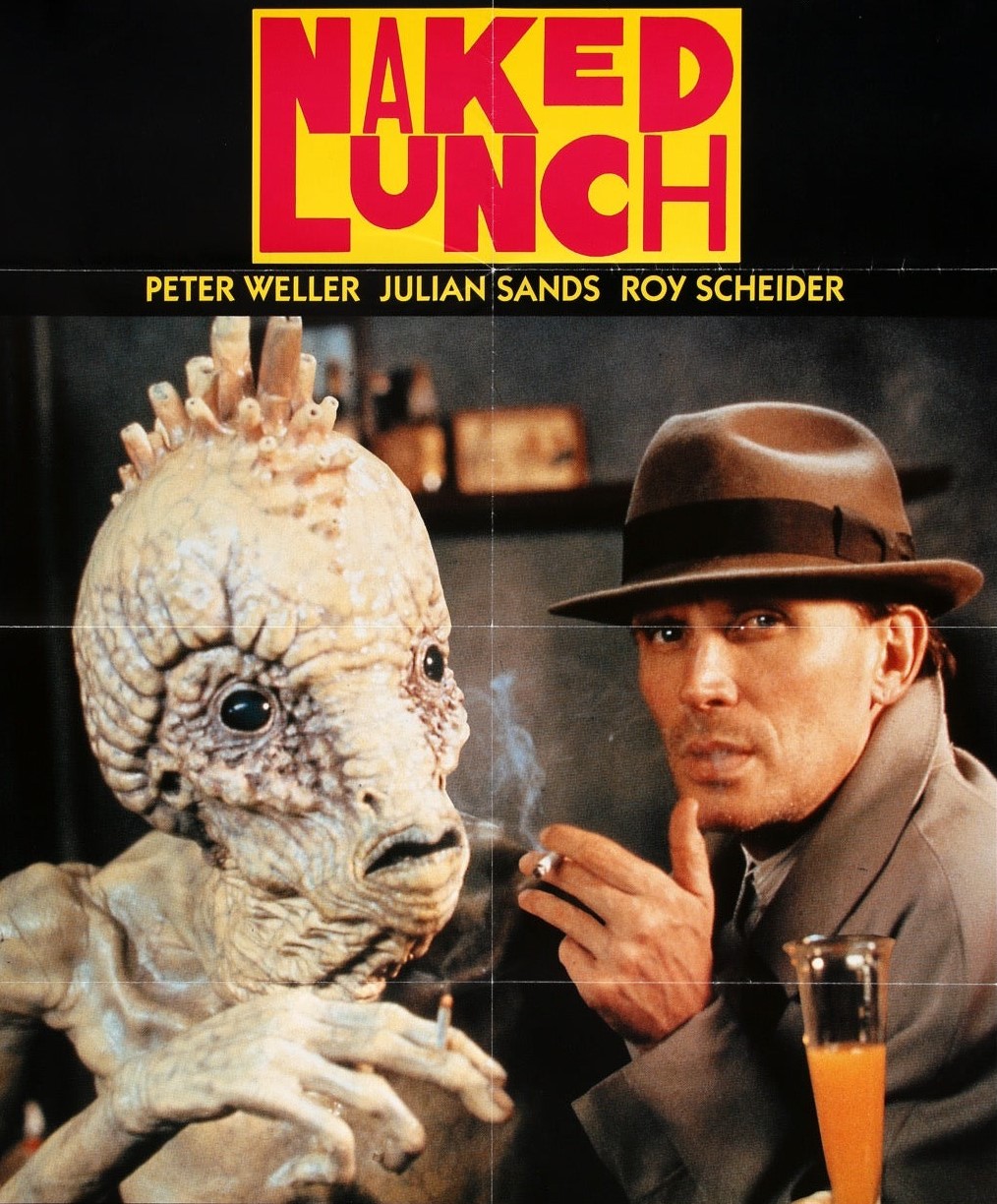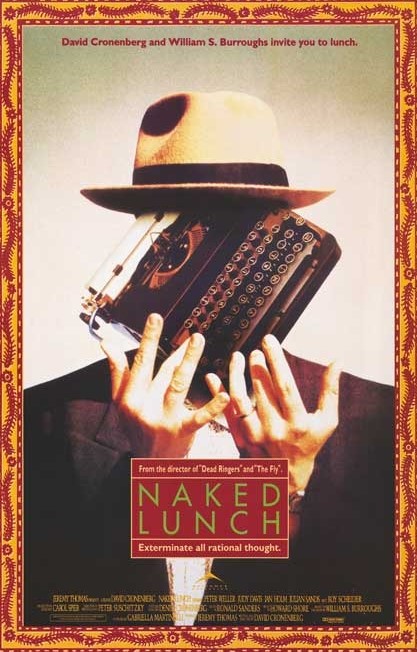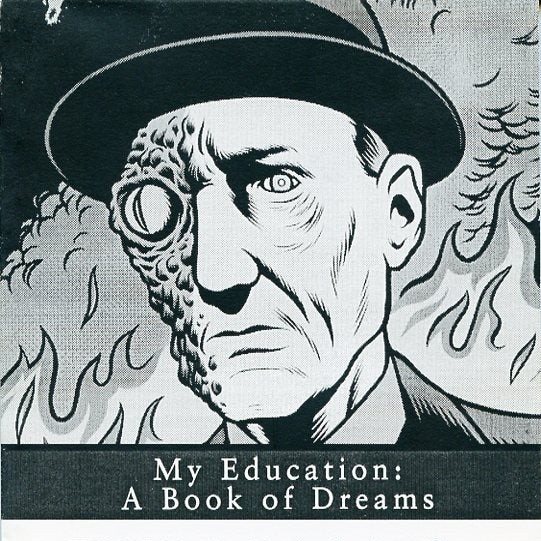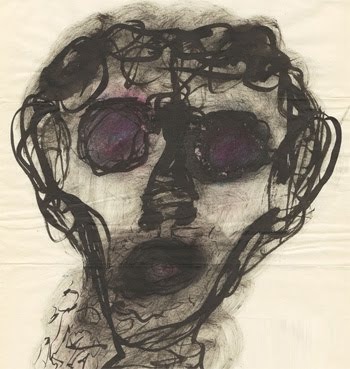Introduction to William S. Burroughs
William S. Burroughs stands out as one of the most influential figures in modern American literature. Born in 1914 into a wealthy family in St. Louis, Missouri, he defied the expectations of his privileged background to carve out a life defined by rebellion, experimentation, and a fearless exploration of taboo subjects. His work not only challenged conventional literary forms but also played a central role in the counterculture movement of the mid-20th century.
Early Life and Influences

Burroughs’ early years were marked by contrasts. Although born into affluence-his grandfather was the inventor of the adding machine that led to the formation of the Burroughs Corporation—he struggled with internal conflicts and a desire to break free from societal expectations.
He attended the John Burroughs School in St. Louis and later Harvard University, where he studied English literature and anthropology. During his time at Harvard, he began exploring his sexuality and delved into psychoanalysis and French literature, drawing inspiration from writers like Jean Genet and Arthur Rimbaud. These formative experiences laid the groundwork for his unconventional worldview.
Literary Beginnings and the Beat Generation

His first published work, Junkie (1953), offered a raw, unfiltered look at drug addiction, written under the pseudonym William Lee. This semi-autobiographical account broke social taboos and set the tone for his fearless approach to subject matter.
During his early adult years, Burroughs encountered other burgeoning talents such as Jack Kerouac and Allen Ginsberg. Together, they laid the foundation for the Beat Generation—a movement that challenged mainstream societal norms and embraced a lifestyle of artistic freedom and nonconformity.
Breaking New Ground with Experimental Techniques

Burroughs was not content with traditional storytelling. His innovative narrative techniques forever changed the landscape of literature.
In the groundbreaking novel Naked Lunch (1959), written during his years in Tangier, Burroughs abandoned a conventional plot in favor of a series of loosely connected vignettes that explored themes of addiction, control, and societal decay.

Collaborating with avant-garde artist Brion Gysin, he developed the cut-up method—a process of slicing up text and reassembling it to create unexpected meanings. This approach was a hallmark of later works like The Soft Machine (1961), The Ticket That Exploded (1962), and Nova Express (1964), collectively known as the Nova Trilogy.
Personal Struggles and Transformative Moments

Burroughs’ personal life was as turbulent as his writing.
His ongoing struggle with drug addiction deeply influenced his work. One of the most defining moments of his life was the tragic accidental shooting of his wife, Joan Vollmer, during a drunken game of “William Tell” in 1951—a loss that haunted him and spurred his commitment to confronting inner demons through his writing. These personal crises fueled his recurring themes of control, liberation, and the dehumanizing effects of modern society. His work often reflects a profound inner conflict, merging personal anguish with a broader critique of societal structures.
Later Works and Cultural Impact

In his later years, Burroughs continued to push artistic boundaries while expanding his creative horizons.
The 1970s and 1980s saw Burroughs exploring new narrative landscapes with novels like Cities of the Red Night (1981), The Place of Dead Roads (1983), and The Western Lands (1987). These works delved further into themes of resistance, societal control, and the quest for freedom in a technologically driven world.
Never one to limit his creativity to words alone, Burroughs also experimented with visual art, notably through his “shotgun paintings,” created by firing a shotgun at paint-cans arranged in front of a canvas.
His ideas and stylistic innovations have left a lasting mark on various art forms. Musicians like Patti Smith, Lou Reed, and David Bowie have cited him as a major influence, and his work continues to resonate with new generations of writers, artists, and cultural critics.

A Fearless Innovator
William S. Burroughs remains an enduring icon in the world of literature and counterculture. His relentless experimentation with form and content, alongside his honest portrayal of personal demons, has left a permanent imprint on modern art and society.
Major Works
- Junkie (1953): A semi-autobiographical account of drug addiction that established his reputation for raw, unfiltered narrative.
- Naked Lunch (1959): A landmark novel known for its non-linear structure and exploration of taboo subjects.
- The Nova Trilogy:
- The Soft Machine (1961)
- The Ticket That Exploded (1962)
- Nova Express (1964)
- Cities of the Red Night (1981): The first in a later trilogy exploring themes of liberation and control.
- The Place of Dead Roads (1983): Continuing his exploration of American mythology and resistance.
- The Western Lands (1987): A final, reflective work on life, death, and transcendence.
- Essays and Interviews: A body of work offering deep insights into his theories on language, society, and the human condition.
Related Movies and Film Adaptations
- Naked Lunch (1991): Directed by David Cronenberg, this film adaptation brings Burroughs’ experimental narrative to the screen.
- Drugstore Cowboy (1989): Featuring cameo appearances by Burroughs, this film reflects the countercultural vibe that he helped popularize.
- Documentaries and Biopics: Over the years, several documentaries have explored his life and influence, such as “Burroughs: A Man Within,” which provides an intimate look at his artistic journey.
Conclude your journey

From his early explorations at Harvard to his groundbreaking novels and visual art, Burroughs’ legacy is a testament to the power of creative rebellion and the written word.

